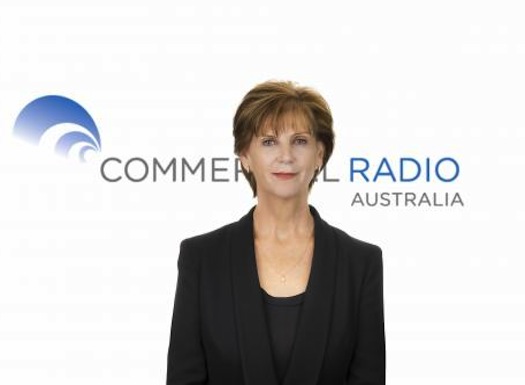Article by Joan Warner, CEO of Commercial Radio Australia, with a call to action for ASEAN countries to work on a coordinated spectrum plan for radio and the benefits they can realise by doing so.
ASEAN regulators can use the experiences of the countries that are already rolling out DAB+, and, do it even better in this populous and tech savvy region, says Joan Warner, Vice-President of WorldDAB and CEO, Commercial Radio Australia.
Radio needs to evolve and innovate and digital provides the best way to do this while staying relevant to its audience. Regulators can lead and facilitate this transition for major broadcasters. Assisting broadcasters to move to a digital broadcast future will recognise free to air broadcast radio’s importance in communicating with the public, particularly during disasters or emergencies.
The first step is to look at what’s happening around the world – where a DAB+ digital radio wave is moving across Europe, the Middle East and Asia Pacific. Norway is the first country to start switching off FM services and Switzerland will follow in the coming years, with the UK and Denmark close behind.
By making a recommendation to adopt a mature and widely used standard such as DAB+ with hundreds of receivers available from a very low price, and one that is already in millions of cars, the transition to broadcast digital radio will be smooth and will occur much more quickly than if a standard that has very few receivers and has been adopted only in one or two countries. In contrast, DAB+ can be rolled out today. While it may be useful in the future to add a supplementary standard for remote areas, or, to simply retain AM for remote and wide area broadcast, this should happen only after the main population centres have moved to DAB+. In Australia, for example, DAB+ is being planned for areas of 5000 people and over.
Regulators should support existing public and private broadcasters to move to digital first as these broadcasters already have large audiences and will be able to migrate these listeners most efficiently to digital broadcasting. A clear statement from the regulators on the roadmap to digital radio broadcasting will assist receiver and car manufacturers to plan supply of receivers and cars with DAB+ and help raise consumer awareness.
Broadcasters should start thinking now about the opportunities. Developing new, digital-only content can help grow audiences and open up niche markets. Commercial radio stations can use analogue services to help the migration, telling listeners about new digital only stations and encouraging them to buy a digital device. They can develop new business opportunities by offering advertisers more stations to reach new or niche audiences and grow revenue.
If the ten ASEAN countries, work together to develop a coordinated spectrum plan for the region, this will help achieve significant economies of scale in regard to spectrum efficiency & infrastructure costs. It will also help drive down receiver prices, currently available from just AUD$15, and help with vehicle imports and audience education.
By planning and implementing the move to DAB+ now, ASEAN countries can take advantage of the benefits and economies of scale that broadcasters and governments in Europe have seen – while learning from their mistakes and successes to deliver an even better offering to broadcasters and listeners. WorldDAB continues to work closely with the ABU and its members across the Asia Pacific region to accelerate progress and help broadcasters and governments move toward a digital future.


